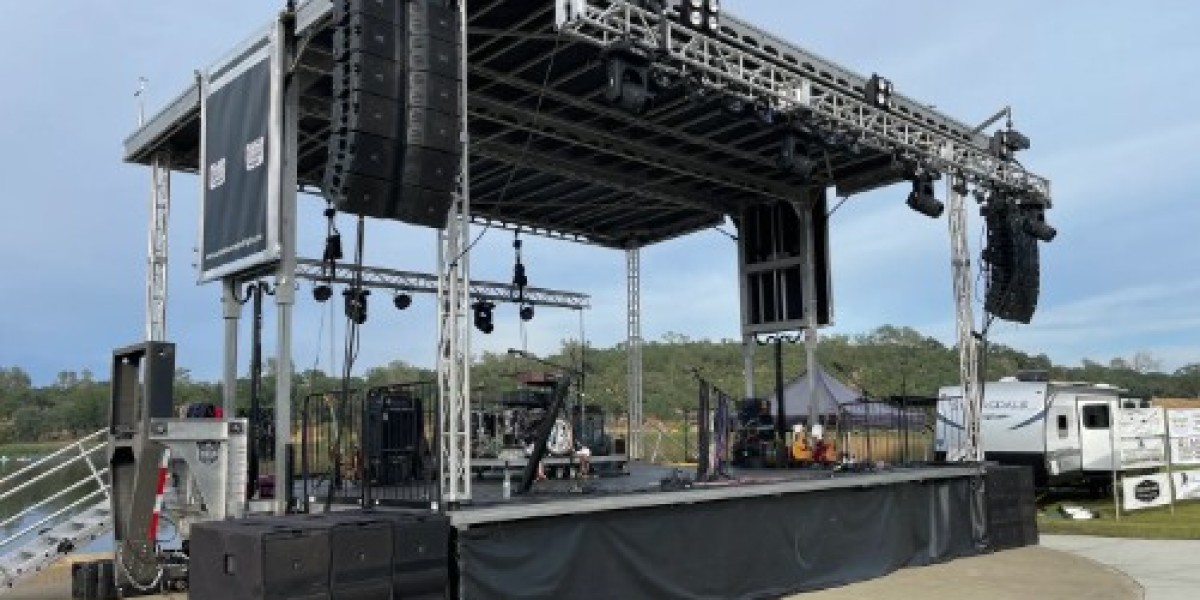In the world of live music, few elements are as iconic and crucial as the concert stage. It is not merely a platform for performers but a canvas where art, technology, and human creativity converge to create unforgettable experiences for audiences worldwide. From intimate club stages to massive festival setups, each concert stage is meticulously crafted to enhance the music and amplify the emotions shared between artists and fans.
Evolution of the Concert Stage
The history of the concert stage is intertwined with the evolution of music itself. In ancient times, performances took place in open spaces or amphitheaters where sound projection and audience visibility were limited by natural acoustics. As music progressed and audiences grew, dedicated stages began to emerge, initially as simple platforms elevated slightly above ground level.
In the 20th century, with the advent of amplified sound and modern concert production techniques, stages evolved dramatically. The need for larger spaces to accommodate bigger crowds led to the development of stages with integrated sound systems, lighting rigs, and other technical features designed to enhance the audience experience. Today, concert stages are feats of engineering and design, often customized for specific artists and performances.
Anatomy of a Modern Concert Stage
A typical modern concert stage is a complex structure comprising several key components:
- Stage Platform: The central part where artists perform, usually elevated to ensure visibility for the audience. It can vary in size and shape depending on the venue and type of performance.
- Sound System: Essential for amplifying the music and vocals to reach the entire audience. Modern stages often have integrated sound systems or accommodate large-scale speaker setups.
- Lighting and Visual Effects: Lighting design plays a crucial role in setting the mood and enhancing the visual appeal of a concert. Automated lights, LED screens, and special effects like lasers are common on larger stages.
- Backline Equipment: Instruments, amplifiers, and other equipment used by musicians are strategically placed on stage to ensure quick access and optimal sound quality.
- Rigging and Support Structures: Stages require robust support structures to hold lighting rigs, sound equipment, and sometimes even aerial effects or special props.
Types of Concert Stages
Concert stages come in various forms, each suited to different types of performances and venues:
- Proscenium Stage: This traditional stage design features a raised platform with a framed opening (proscenium arch) through which the audience views the performance. It's commonly used in theaters and indoor concert halls.
- Thrust Stage: Extending into the audience on three sides, this stage setup provides a more intimate experience and better visibility from multiple angles. It's often used in smaller venues or for acoustic performances.
- In-the-Round Stage: Also known as an arena stage, this setup places the stage at the center of the venue with the audience surrounding it on all sides. It offers a 360-degree view and is popular for arena concerts.
- Outdoor Festival Stage: Designed to accommodate large crowds, festival stages are typically expansive and include massive sound systems, extensive lighting setups, and large LED screens to ensure visibility from a distance.
The Design Process
Creating a concert stage involves collaboration between various professionals including architects, stage designers, sound engineers, and lighting specialists. The process typically includes:
- Conceptualization: Understanding the artist's vision, the venue's capabilities, and the audience expectations.
- Technical Design: Detailed plans for stage layout, rigging, sound system placement, and lighting design.
- Construction and Setup: Building the stage and installing equipment while ensuring safety and functionality.
- Testing and Rehearsals: Fine-tuning sound, lighting cues, and stage effects to achieve the desired atmosphere and performance quality.
Innovation and Technology
Advancements in technology have revolutionized concert staging over the years. LED screens allow for dynamic visuals and backdrop changes, while sophisticated lighting systems can create intricate patterns and effects synchronized with the music. Sound engineering has also seen significant improvements, with digital mixing consoles and advanced speaker arrays enhancing audio clarity and coverage.
Moreover, environmental considerations have influenced stage design, leading to more sustainable practices such as using LED lighting to reduce energy consumption and designing stages that can be easily disassembled and reused.
Iconic Concert Stages
Certain stages have achieved legendary status due to their historical significance, innovative design, or memorable performances:
- Woodstock Festival Stage: Known for its association with the iconic 1969 music festival, where legendary artists like Jimi Hendrix and Janis Joplin performed.
- Red Rocks Amphitheatre: Located in Colorado, USA, this natural amphitheater with stunning acoustics has hosted countless memorable concerts against the backdrop of towering red rock formations.
- Glastonbury Pyramid Stage: A staple of the Glastonbury Festival in the UK, this stage has seen performances by music icons spanning decades, contributing to its cultural significance.
The Impact of Stage Design on the Concert Experience
A well-designed concert stage enhances not only the visual and auditory aspects of a performance but also the overall emotional impact on the audience. Lighting effects can intensify the mood of a song, while innovative stage setups can create immersive experiences that blur the lines between performer and spectator.
For artists, the stage is not just a platform but a creative space where they can express themselves and connect with their audience on a profound level. The layout and design of the stage can influence their performance style and interaction with the crowd, making each show unique.
Future Trends in Concert Staging
Looking ahead, technology will continue to play a pivotal role in shaping the future of concert staging. Augmented reality (AR) and virtual reality (VR) technologies may offer new possibilities for creating interactive and immersive concert experiences. Furthermore, advancements in materials and sustainability practices will likely lead to more eco-friendly and adaptable stage designs.
As the boundaries between music genres and artistic disciplines continue to blur, concert stages will evolve to accommodate diverse forms of expression and experimentation. Whether it's a small, intimate venue or a massive outdoor festival, the concert stage will remain a vital canvas where the magic of live music unfolds, leaving lasting impressions on audiences worldwide.








